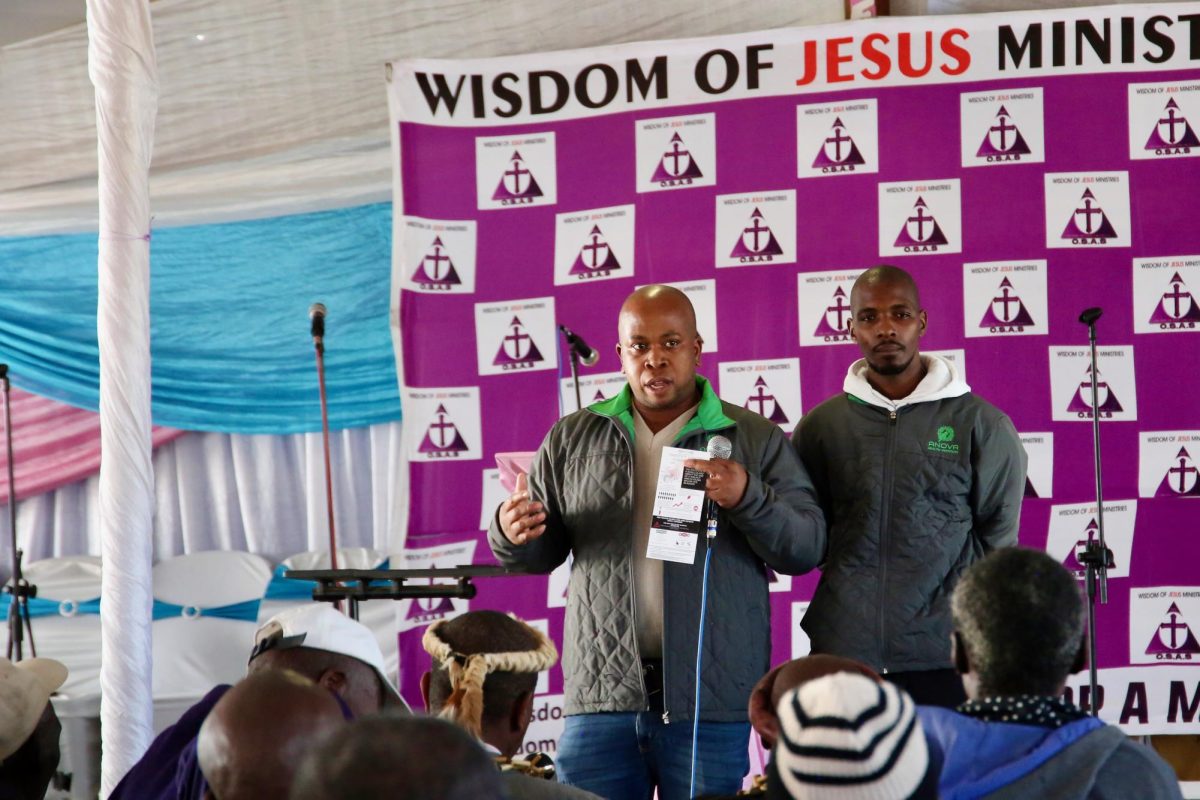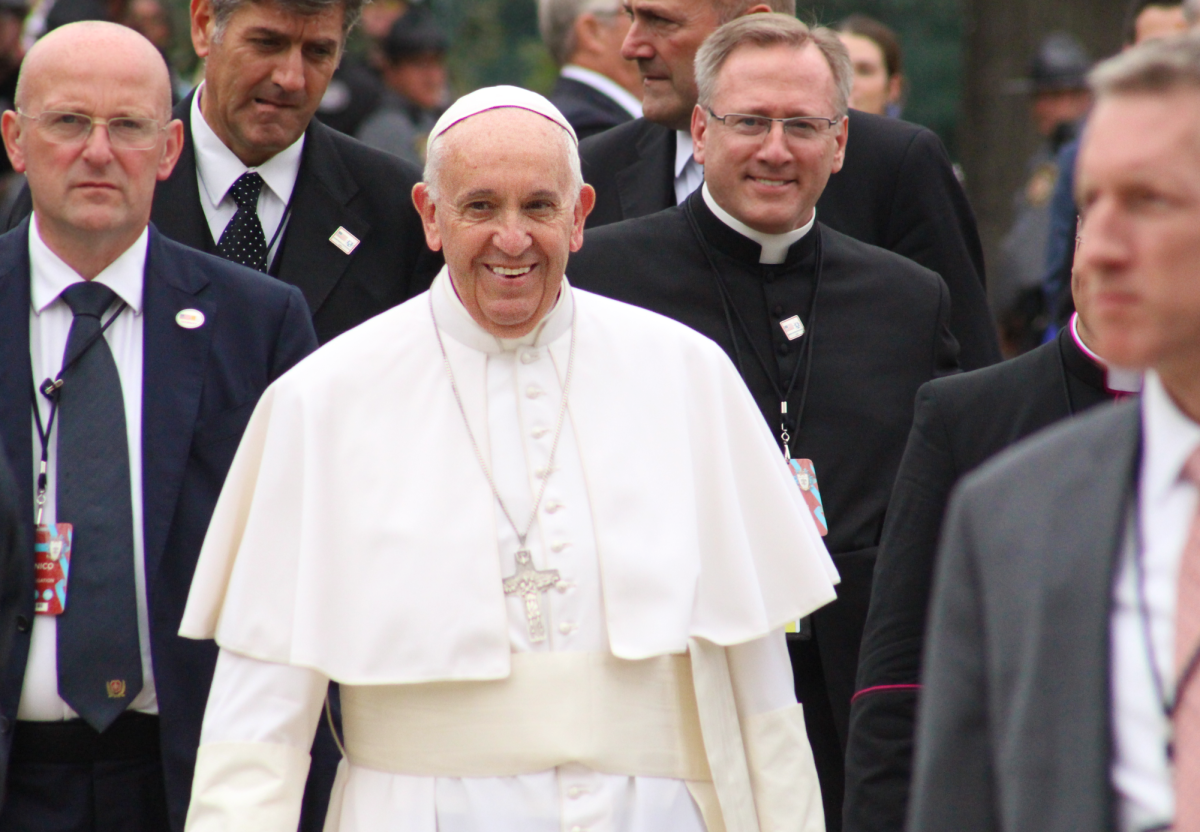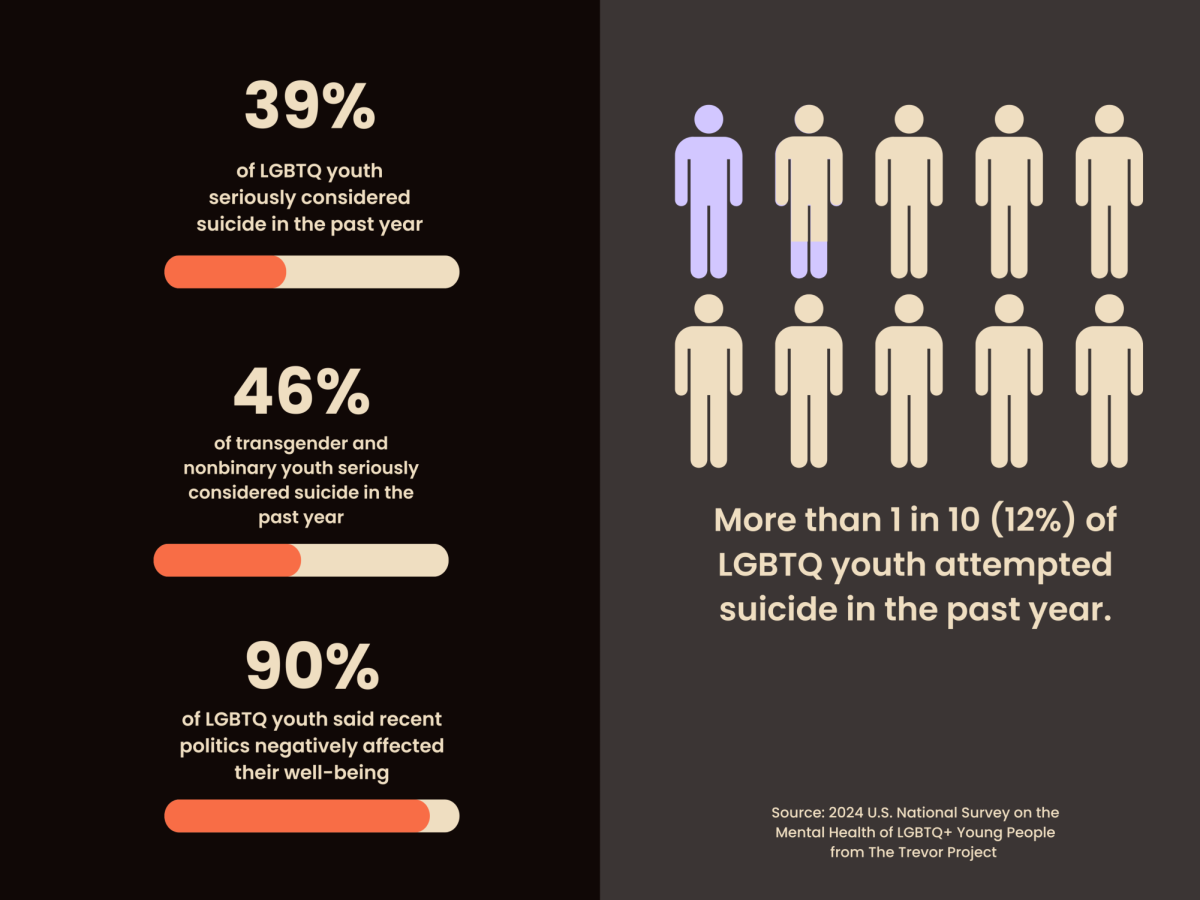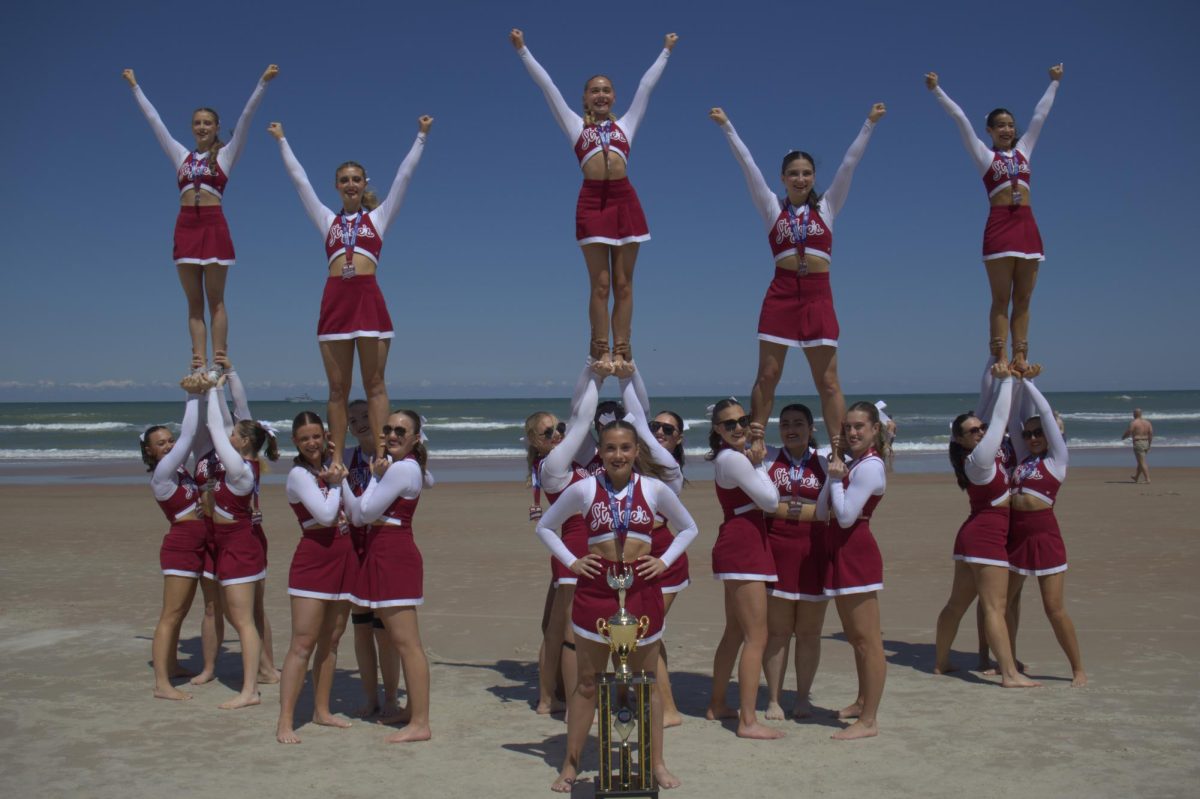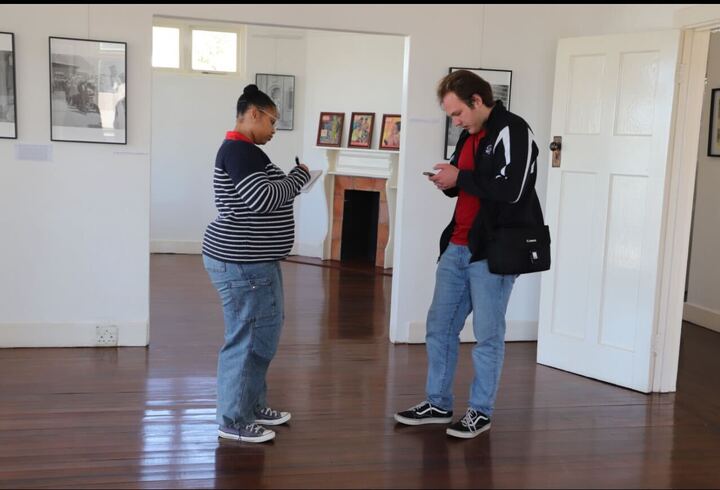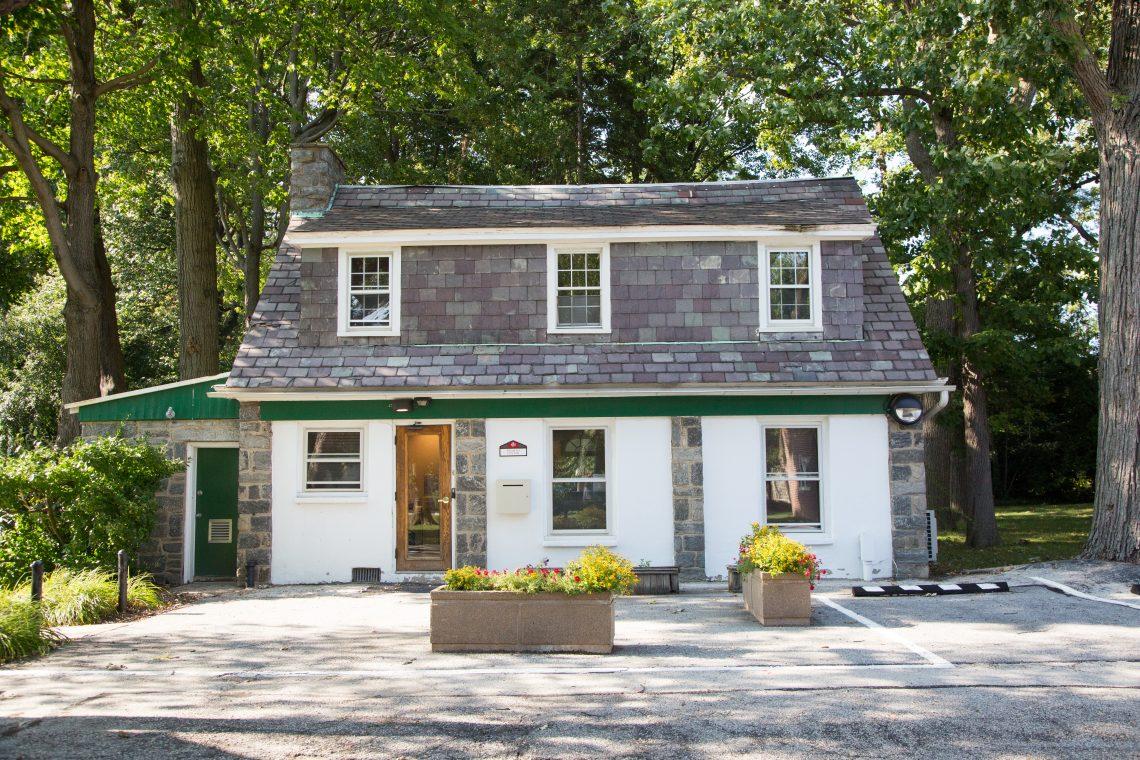Lauren Preski ‘20 has made it her mission to revive the Women’s Center on campus.
In the four years she’s been a student here, Preski, who is also co-president of Women’s Leadership Initiative, said she has been dismayed by the university’s lack of effort to make the Women’s Center a vibrant resource on campus.
One of the problems, Preski said, is lack of permanent staffing. In four years, multiple staff members have come and gone. The center is now overseen by Nicole Stokes Ph.D., associate provost for diversity, equity and inclusion, who joined the university in February.
“It has always been a one-person staff that comes and goes, probably a year or two at a time,” Preski said. “They do all this great programming, all this great work and then there is just this void.”
Preski decided to take matters into her own hands. In 2019, she approached Kim Allen-Stuck, Ph.D., assistant vice president of Student Success & Educational Support, and asked if she could revive the Women’s Center.
Stuck said when Preski approached her, she had been in a sort of waiting mode for the next assistant provost.
“It had been in the back of my mind and then I kept saying ‘someone new is going to come and run Inclusion and Diversity and maybe they’ll want to do their own thing,’” Allen-Stuck said.
Preski said she did not want to leave St. Joe’s seeing the Women’s Center pushed off to the side like it has been for the last four years.
“If the university is not going to put a director in here, we’ll run it ourselves,” Preski said. “Students can do it. Faculty and staff who are committed to women and gendered events and programing will run the center.”
Mary-Elaine Perry Ph.D., Title IX coordinator, said women’s centers have been established on college campuses since the 1970s. As for St. Joe’s, the Women’s Center was first established in January 1993, located in Campion Student Center 213, according to The Hawk Digital Archives.
“Nobody was paying attention because [women] weren’t here,” Perry said. “They came, and it was a big deal, but again no one ever paid attention to the fact that women are different than men in so many ways. How do we mentor and support women in their development, differently than what we would do for men?”
Another problem the Women’s Center faces, according to Allen-Stuck, is the location. Since 2015, the center has been located in St. Albert’s Hall Annex, tucked in a corner off of Lapsley Lane.
“The good news is the Women’s Center has a physical space,” Allen-Stuck said. “The bad news is where it’s located so it’s very much a destination. You aren’t cruising by the Women’s Center saying ‘Let me stop in.’”
As a part of the larger “2020: Focus on Women” campaign, a sub-committee was formed in regards to the future of the Women’s Center. Allen-Stuck appointed Preski as committe’s student liaison.
“The truth is, having this energetic student behind it really makes a difference,” Allen-Stuck said.
Preski said the sub-committee is composed of faculty, staff and administrators from all sections of the university.
“The idea of the sub-committee is to figure out how to reimagine and reinvigorate the Women’s Center,” said Laura Crispin, Ph.D., associate professor of economics, who serves on the committee.
Preski said the sub-committee decided to implement two advisory boards for the future operations of the Women’s Center.
“I am really hoping that students will run programming,” Preski said. “Faculty and staff will oversee and maybe contribute to some discussions, not necessarily to facilitate but join in on the conversation.”
Preski said the goal is really for the Women’s Center to be a self-functioning space.
“We’ve created these councils so that regardless of what the university decides it wants to do, this space will be here, no matter what,” Preski said.
Crispin said she hopes the university community would want to be a part of this advisory board.
“I know there are many faculty, men and women, on campus who are really committed to gender parity and providing programming for women and not just for women,” Crispin said. “It really is a gender- inclusive opportunity.”
Stokes said it’s important to have a space that supports women on campus as part of the umbrella of diversity and inclusion work.
“This is all one piece of the puzzle but all the puzzle pieces aggregate to a broader messaging about diversity, equity and inclusion that the institution is putting out there,” Stokes said.
Preski said the Women’s Center is a place that not only focuses on gender programming but also a place where women can feel safe and have conversations where they would feel uncomfortable having elsewhere.
“They deserve to feel comfortable on St. Joe’s campus and they deserve to have a physical space where they can feel that comfort,” Preski said.
Preski said she wants her efforts to be a legacy for the women who come after her.
“I don’t want women to be in this grey area anymore,” Preski said. “I want it to be a vibrant place for women on campus. A goal for the center is to get them into this vibrant space to say focus on me, notice me. I have needs that are different from the rest of my male counterparts.”



